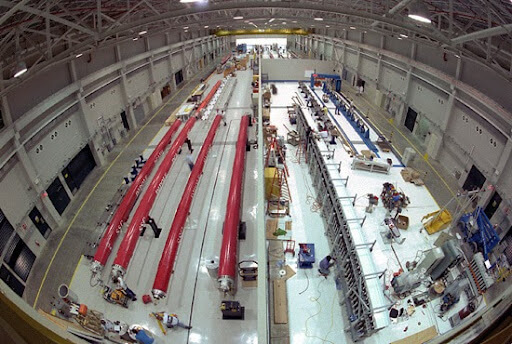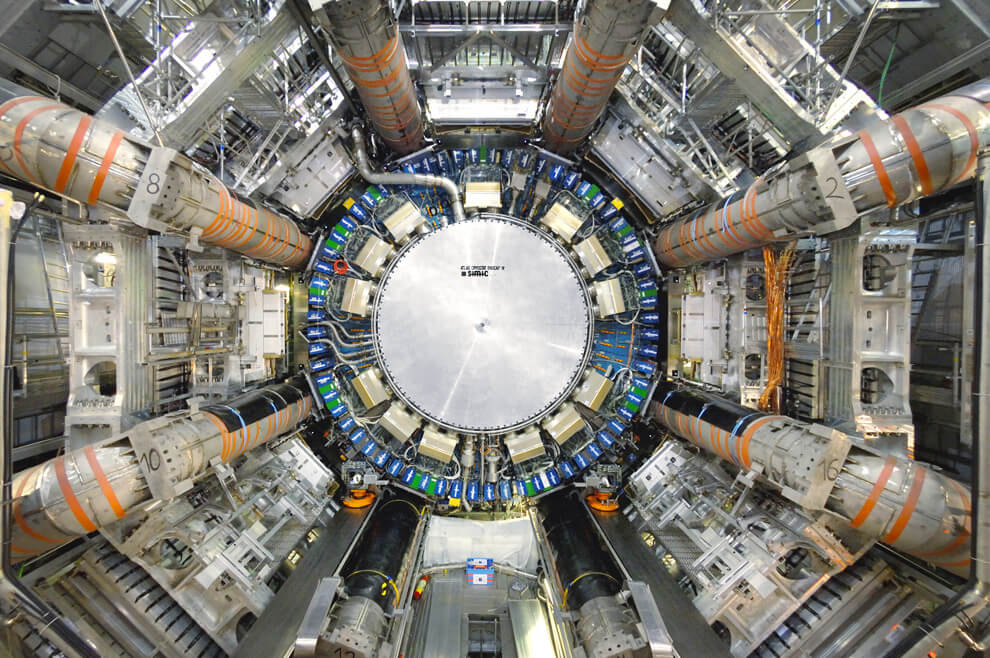Hayadan > The particle accelerator in the axle
The particle accelerator in the axle
- Noam Chai
- April 12, 2023
- 3 תגובות
In recent years, physicists from around the world have been discussing the construction of a muon accelerator instead of other conventional accelerators based on protons or electrons. Such an accelerator has clear advantages in discovering new physics, but its construction is accompanied by many technological challenges. In this article I will review the words of Prof. Nima Arkani-Hamed from the Institute for Advanced Studies in Princeton on the need to build such an accelerator.
- Avi Blizovsky
- July 6, 2022
- One response
In the third run, the particles will be bombarded with an energy intensity of 13.6 TeV, which may help to better understand the properties of the Higgs boson and its interaction with matter, and perhaps also discover clues about dark matter
- Tel Aviv University
- July 22, 2021
- One response
Researchers from Tel Aviv University were able to describe for the first time a rare physical process that begins with the Higgs boson - the "divine particle" that was first observed about a decade ago - and eventually decays into a pair of rare elementary particles * New observations from the Sarn particle accelerator in Switzerland helped researchers understand the process more clearly
- Noam Chai
- March 7, 2021
- 7 תגובות
The European Organization for Nuclear Research (CERN) has announced that the Large Hadron Collider has discovered four new particles, but what has changed? Since the accelerator was first activated in 2009, 59 new particles have been discovered, including the famous Higgs boson that was discovered in 2012. Although most of the new particles were discovered in accordance with expectations, some of them were particularly surprising
- Dr. Moshe Nahamani
- January 10, 2019
- 2 תגובות
- The science service
- March 9, 2017
- No comments
- Rony Lifshitz
- January 28, 2017
- No comments
- Avi Blizovsky
- March 13, 2015
- 11 תגובות
- Scientific American Israel
- November 4, 2014
- 91 תגובות
- Avi Blizovsky
- June 25, 2014
- 3 תגובות
- Avi Blizovsky
- June 23, 2014
- 16 תגובות
- Avi Blizovsky
- June 8, 2014
- 2 תגובות
- Avi Blizovsky
- May 13, 2014
- 23 תגובות
- Avi Blizovsky
- May 6, 2014
- 21 תגובות
- Avi Blizovsky
- May 4, 2014
- 21 תגובות
- Avi Blizovsky
- April 10, 2014
- 12 תגובות
- Ministry of Science
- December 12, 2013
- 4 תגובות
- The science service
- November 13, 2013
- No comments
- Avi Blizovsky
- May 5, 2013
- 98 תגובות
- Avi Blizovsky
- March 14, 2013
- 25 תגובות
- Itai Nebo, editor of the Davidson Institute website
- February 16, 2013
- 12 תגובות
- Avi Blizovsky
- July 8, 2012
- 14 תגובות
- Dr.Roey Tsezana
- July 6, 2012
- 36 תגובות

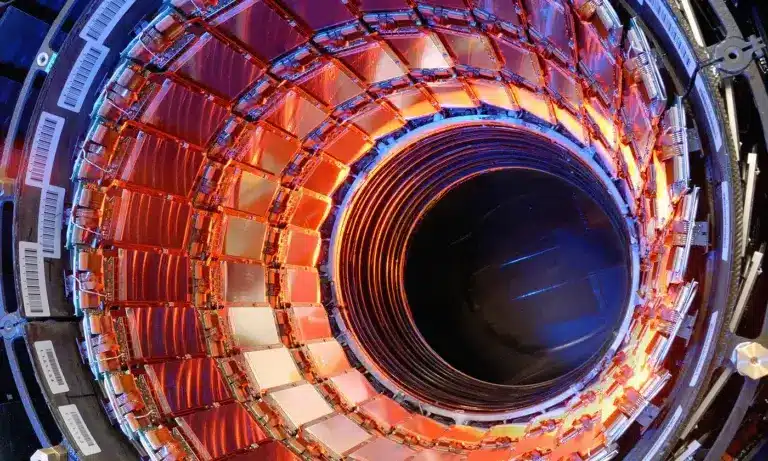

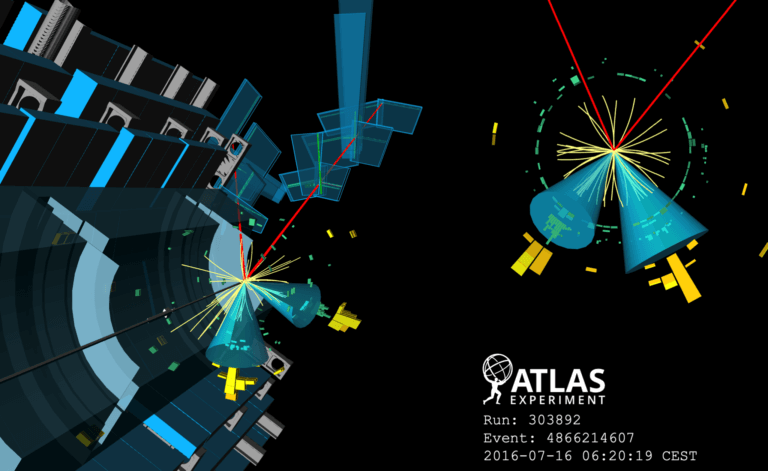
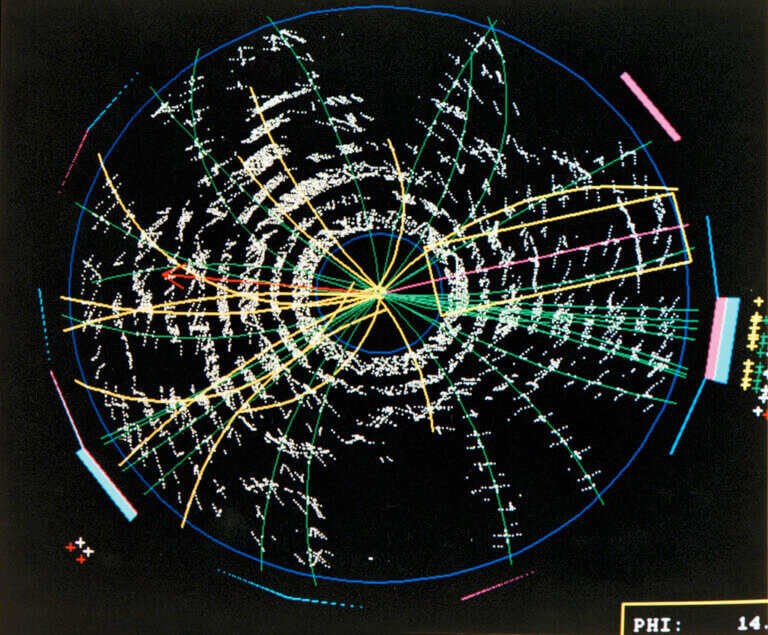
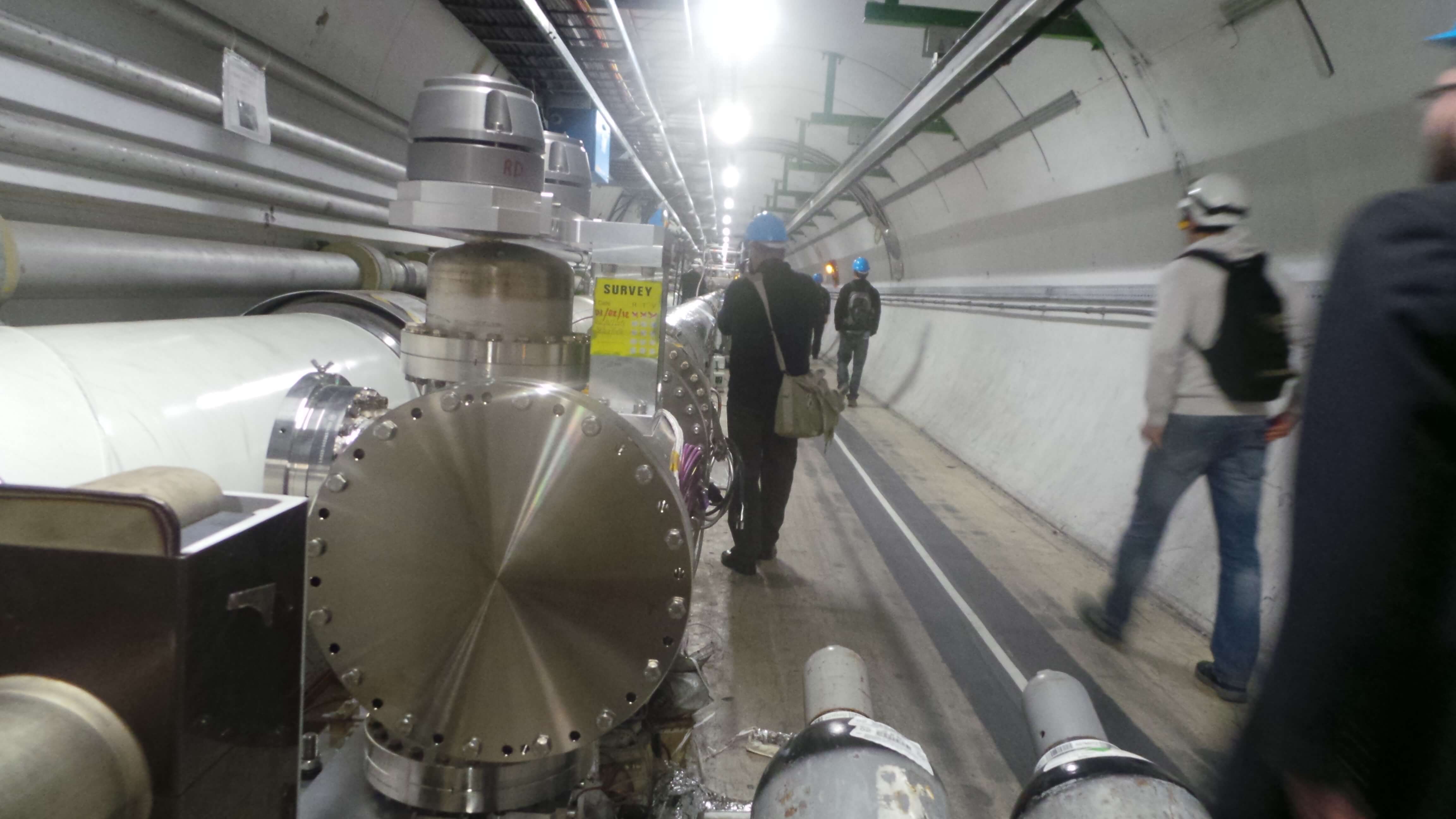
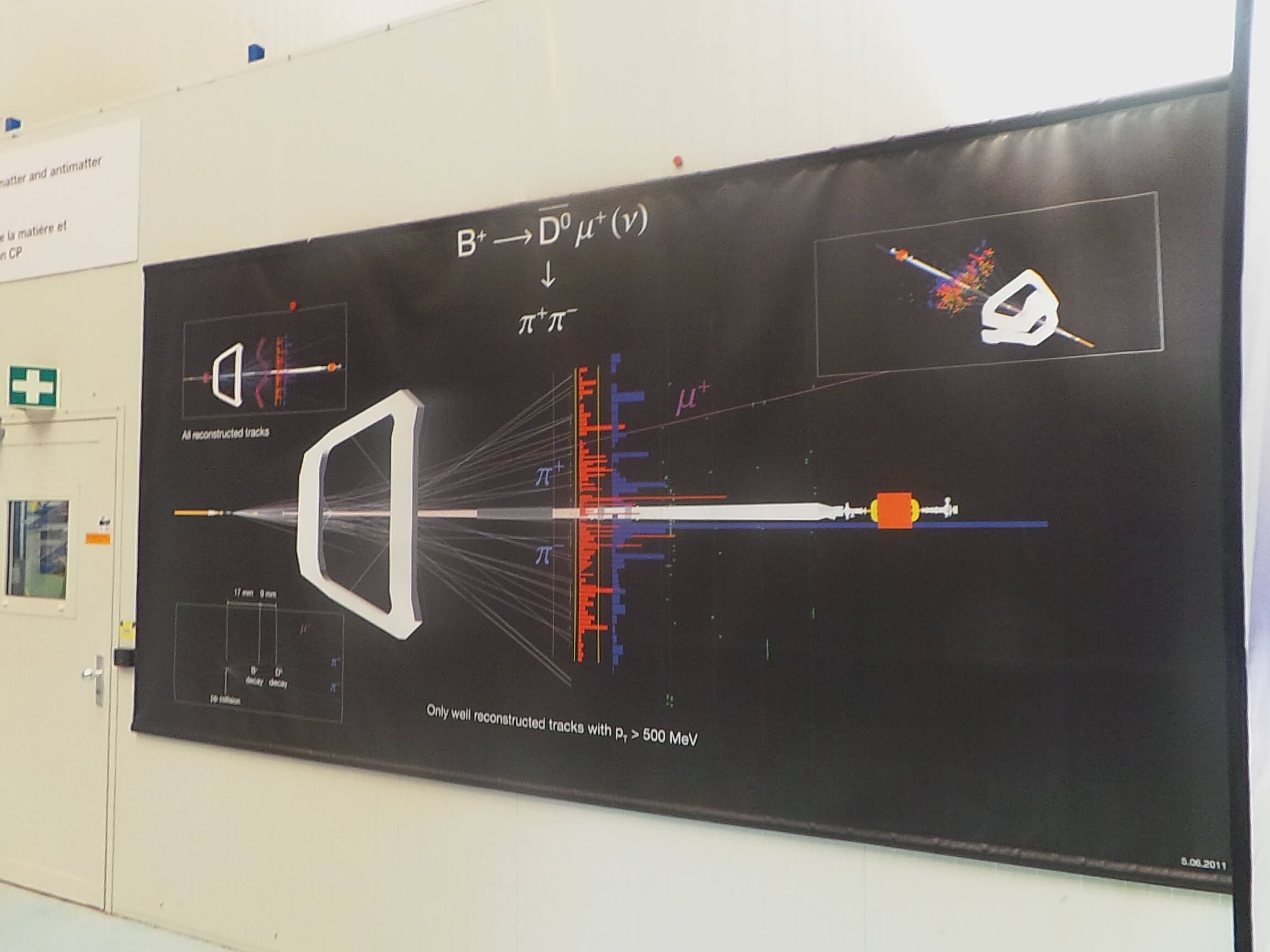
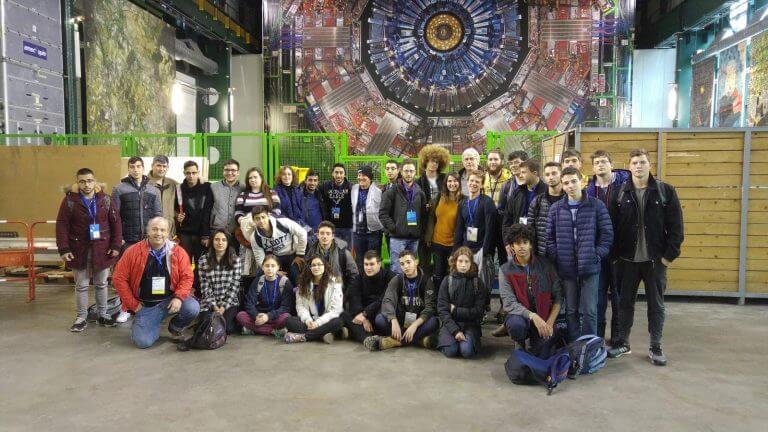
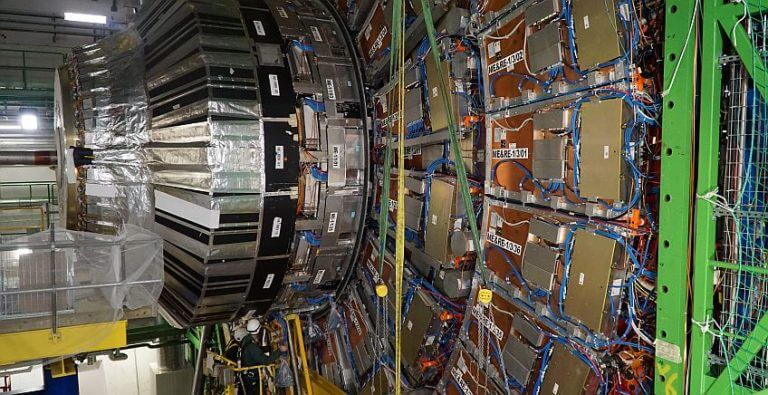
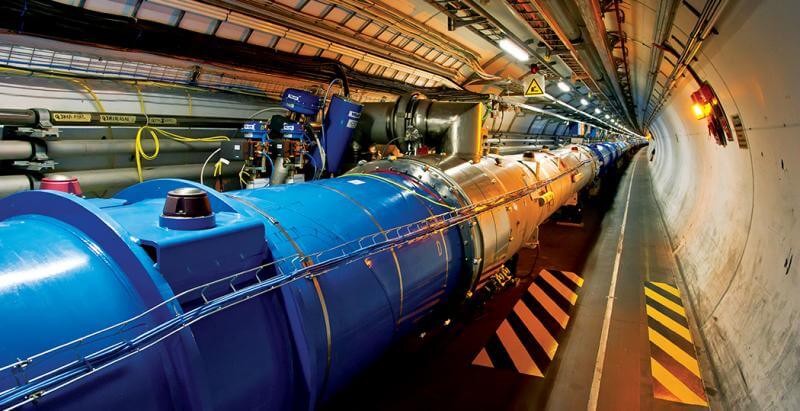
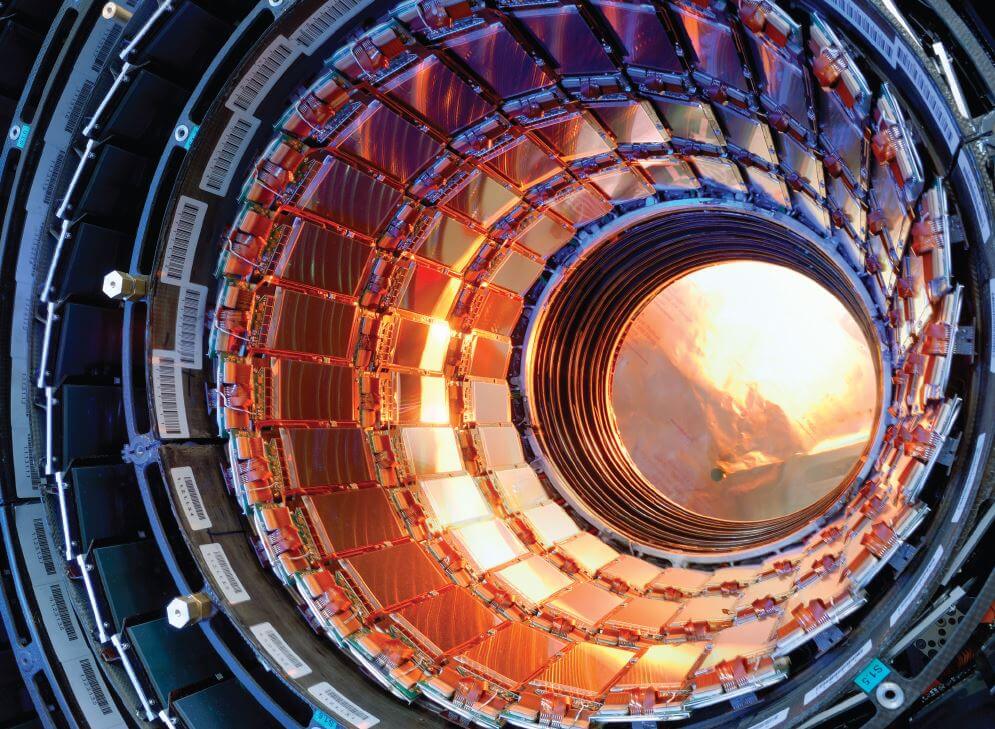
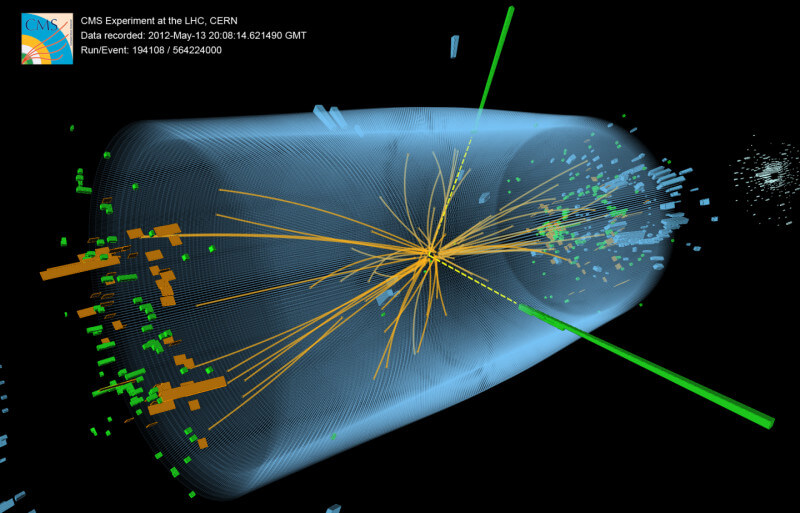


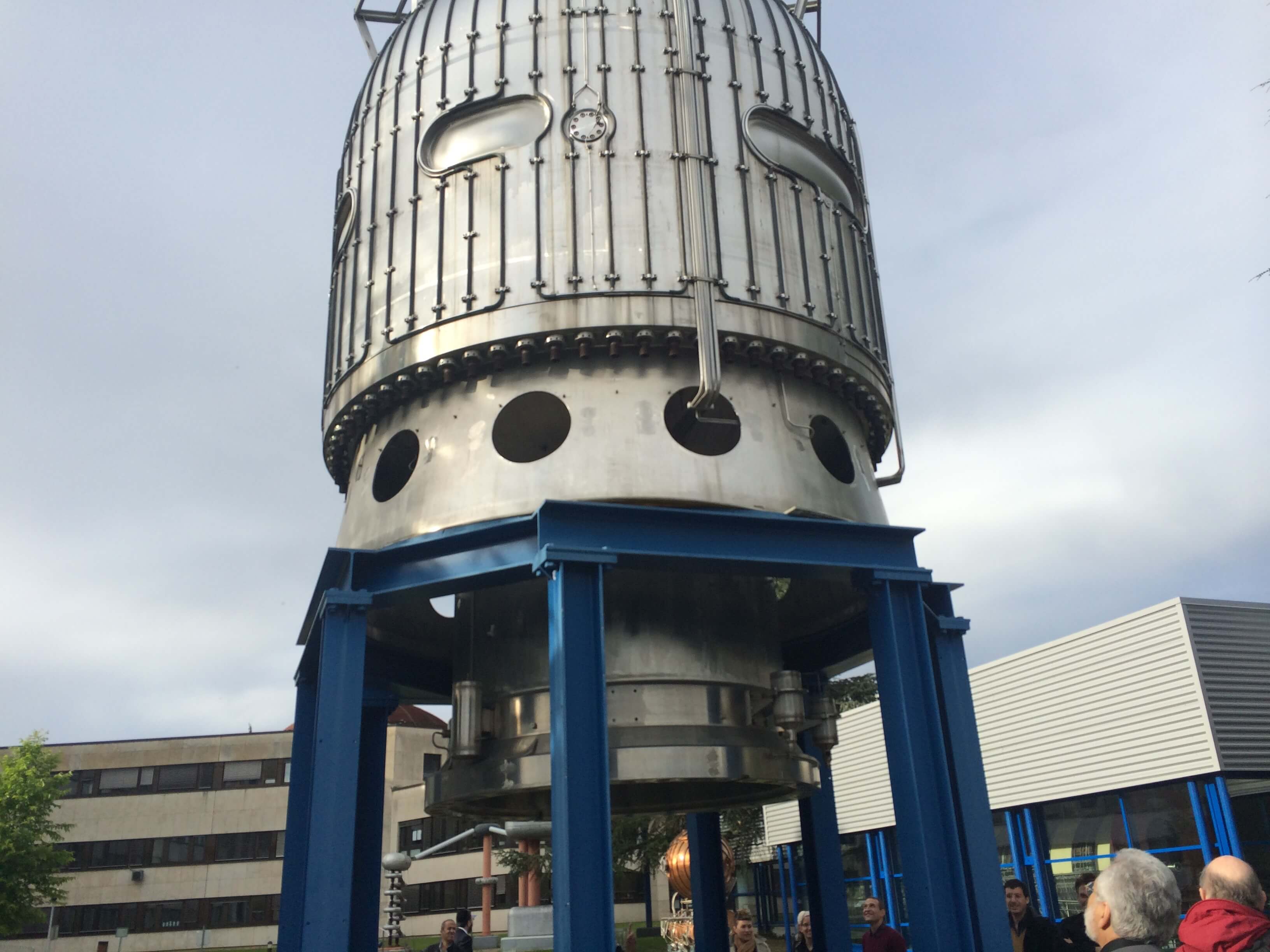
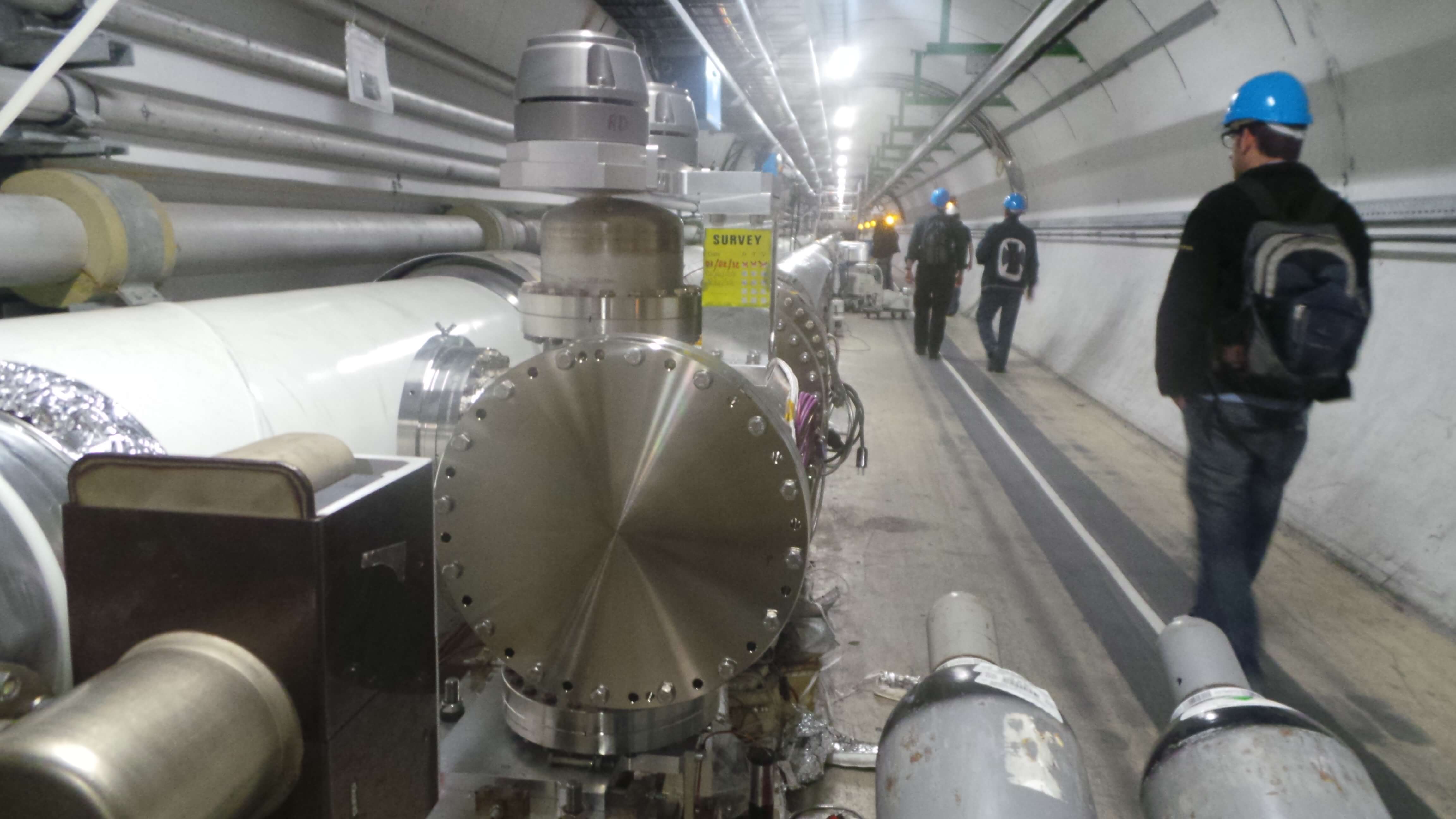
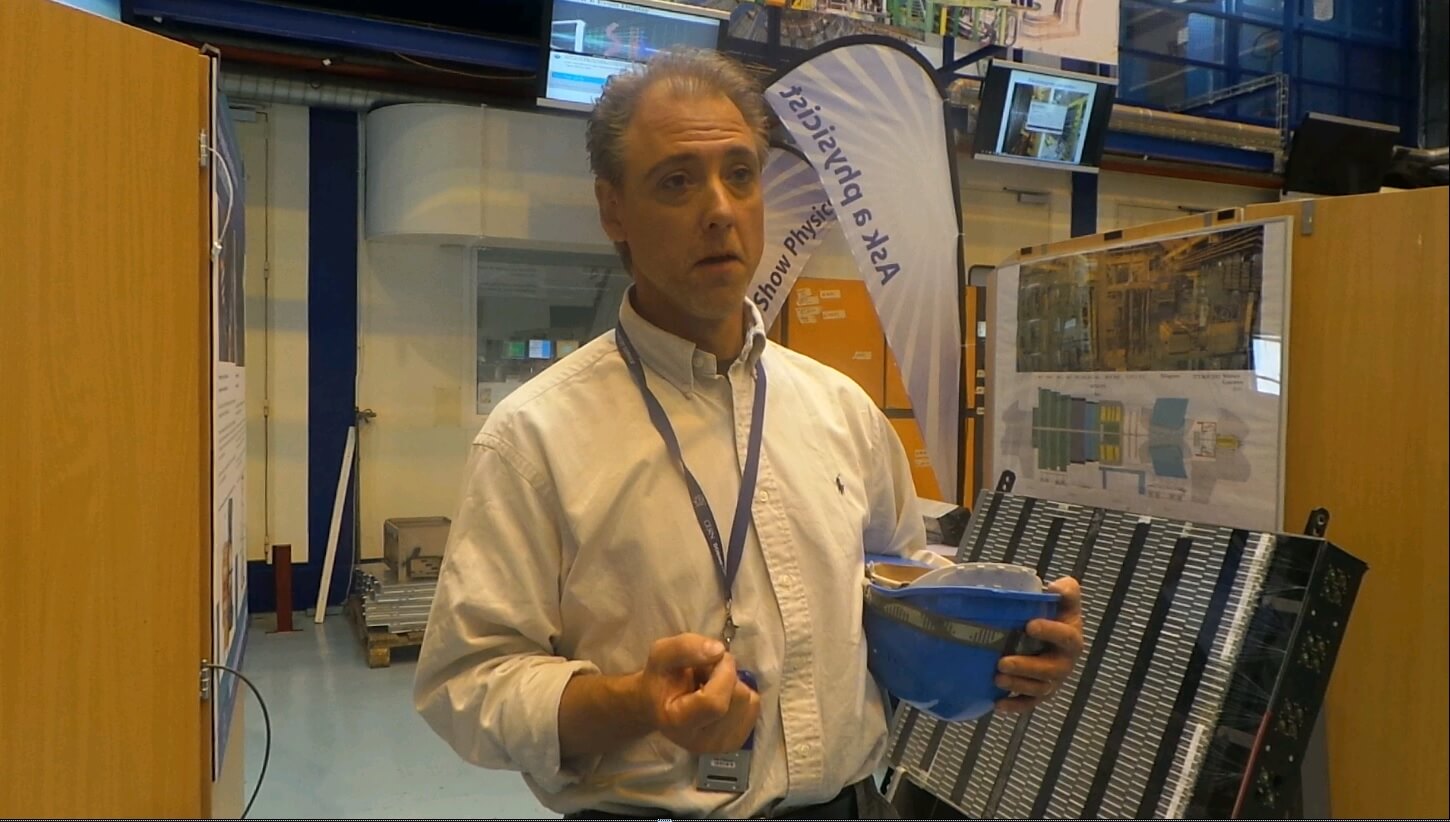
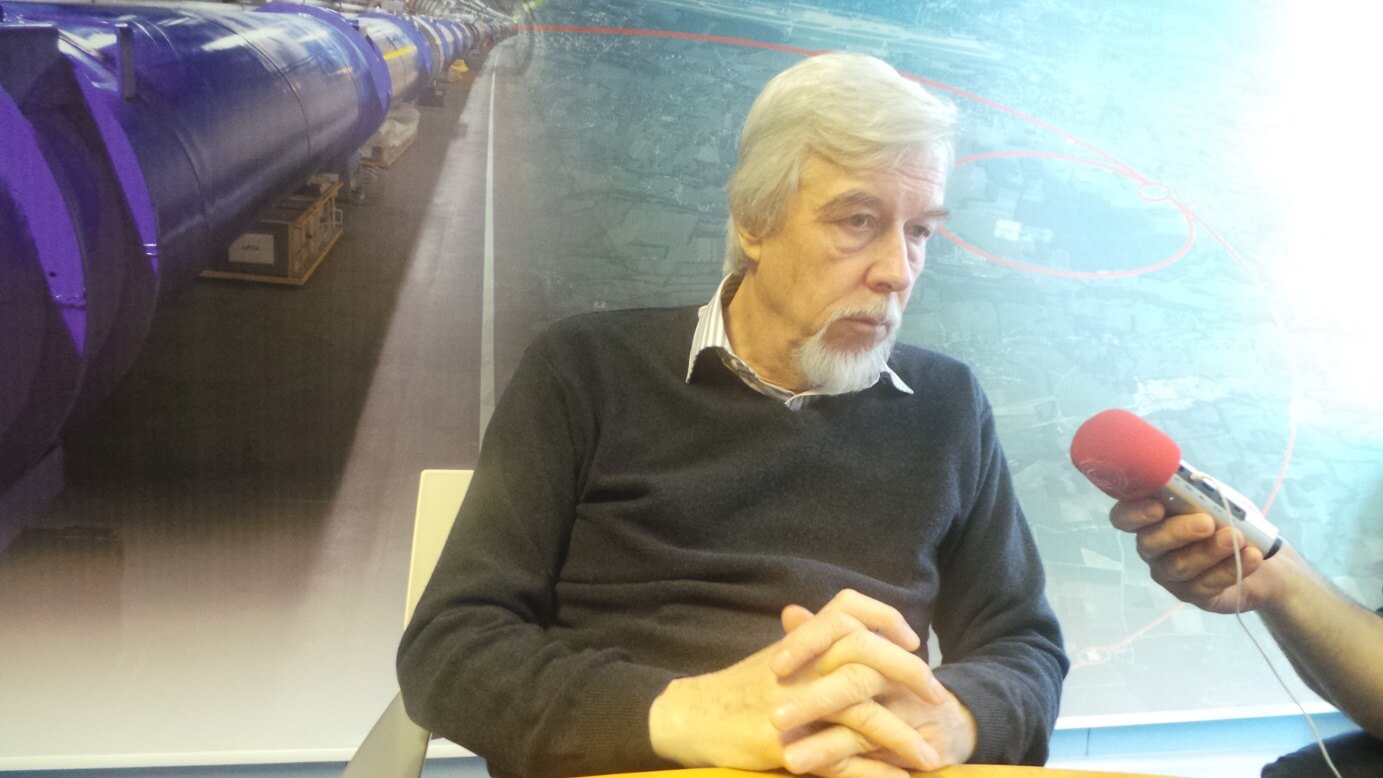
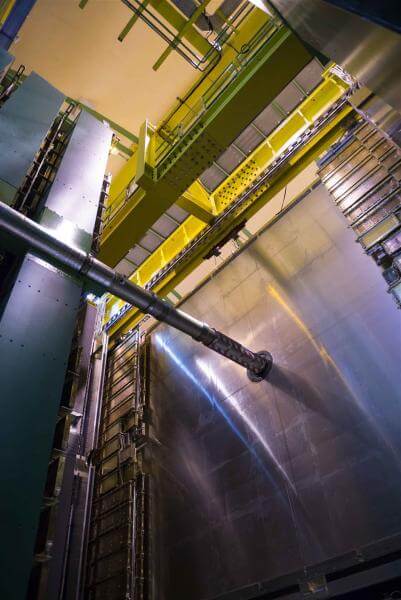
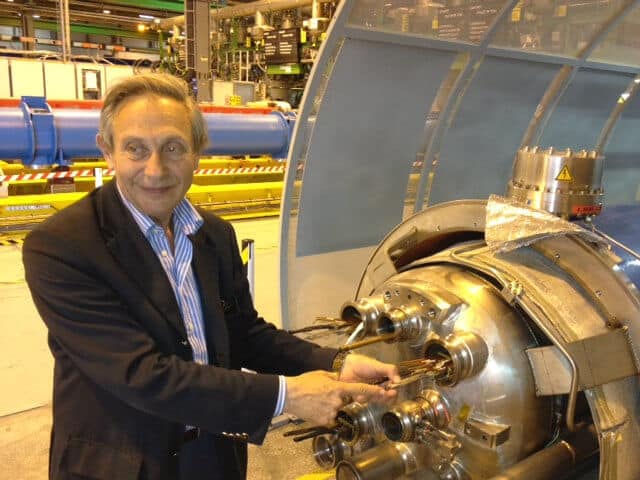
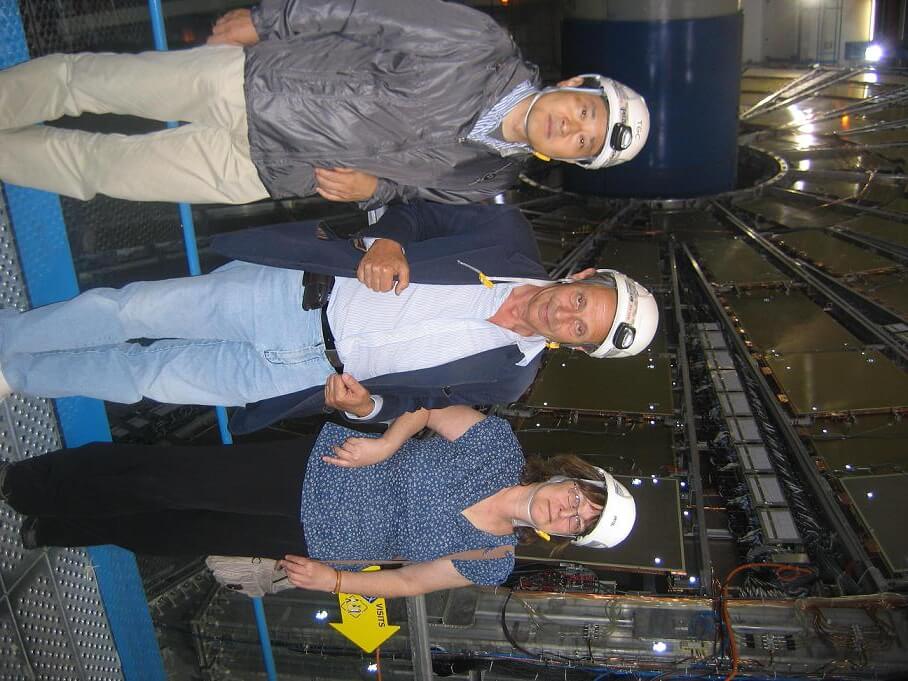
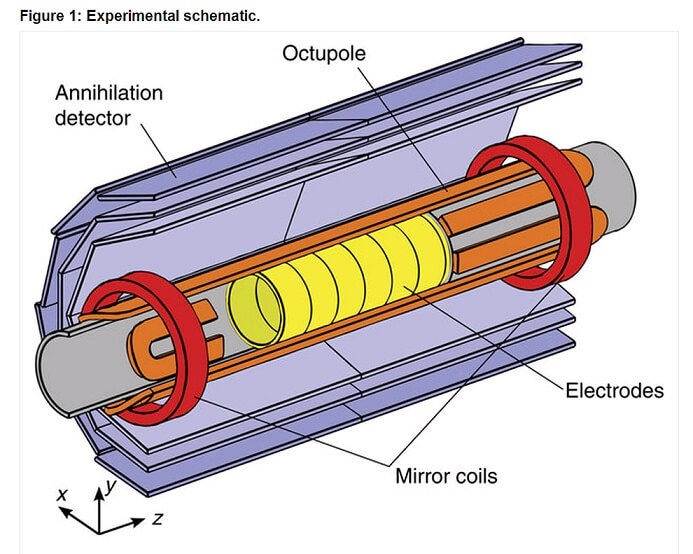
![A possible discovery with the ATLAS detector shows the traces of four muons (in red) created by the decay of the short-lived Higgs boson [http://cds.cern.ch/record/1459496]](https://www.hayadan.org.il/images/content3/2013/03/ATLAS-HIGGS.jpg)
